
Facilities
Our facilities have been designed to meet the flexible needs of teaching and research. Whether you're a student, member of staff or visitor, the spaces we offer are comfortable and fully equipped for a range of activities.
We are working hard to ensure we are able to provide safe access to these facilities in line with the latest government advice. The safety and wellbeing of our staff and students is our highest priority and we will be providing health and safety briefings as part of your induction.
Our building
The Department of Mathematics is based in the Alan Turing Building, named after the former Reader in Mathematics at Manchester who is regarded as one of the founders of computer science.
Alan Turing Building
The Alan Turing Building, completed in 2007, was designed to incorporate the ideas and suggestions of many of the Department's staff and students. The Department of Mathematics accommodation consists of two east-west fingers of three floors each, separated by a spacious atrium and connected at either end by open bridges to encourage circulation.
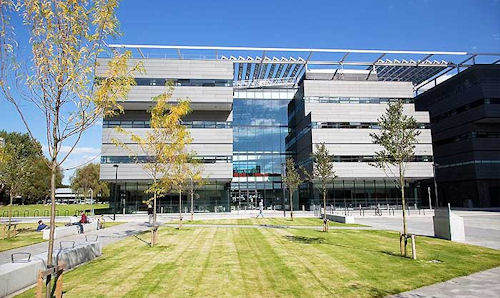
The atrium houses a small cafe (Code) and provides access to the ground floor facilities. These include small and medium sized teaching rooms, undergraduate work and common rooms, a large computer cluster, and administrative support for undergraduate students. The atrium hosts events ranging from local outreach to visiting days for applicants and welcoming parents to graduation celebrations.
The first floor forms the core of the Department's research activity, and has a distinctive identity as the Manchester Institute for Mathematical Sciences, or MIMS. It is organised around the Frank Adams seminar room, which seats 80 but can be divided in two, with respective capacities of 30 and 50. Adjacent is the Sydney Goldstein Access Grid room, used for the MAGIC postgraduate-level lecture courses in mathematics. Both rooms open out into the staff/postgraduate common room (known as the "Atrium Bridge"), which encircles its own kitchen module, and acts as a bridge to the research computer cluster in the first finger.
The Atrium Bridge is well populated with blackboards and several of its corners are used as areas for mathematical discussion. At the west end of MIMS are several offices for visitors and postdoctoral staff. The Brian Hartley Room contains the research library and hot-desking space for short term visitors and conference delegates. The east end of MIMS contains the administrative office for research support, which incorporates the MIMS reception desk and communal print room. At the far end of the floor is the suite for the Head of Department and Head of Department Administration.
Facilities for students
Undergraduate common room
Based in the Alan Turing Building next to the cafe, the common room is light and spacious providing you with the space to relax or work.
Postgraduate facilities
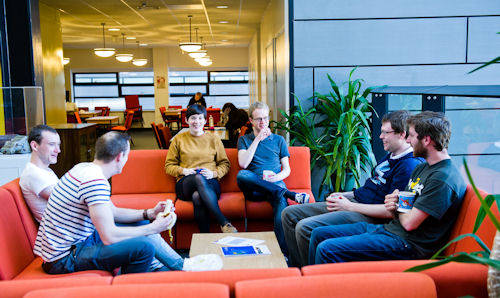
Taught master's students have access to the MSc study room, which houses a number of Linux based systems and a small library of mathematical texts.
Shared study spaces with a number of blackboards are also available outside of the research seminar rooms.
Student study rooms
The Alan Turing Building also contains two large study rooms available to students throughout the year.
The quiet study room is designated for those students who wish to work in a quiet and peaceful atmosphere.
The group study room comprises three distinct spaces in one large study room, and has been designed for the collaborative study of mathematics.
Computing facilities
The Department has an array of excellent computing facilities - for high-performance, resource-heavy tasks, as well up-to-date software packages for everyday use.
High-performance computing facilities
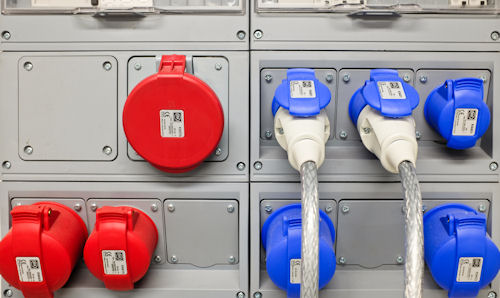
For more computationally intensive tasks, traditionally undertaken by staff and postgraduates, the Department has access to:
- The University's Computational Shared Facility;
- The N8 high-performance computing facility;
- A Condor pool for high throughput computing,
Software
A wide variety of software is installed on machines and available for use by students and staff. This includes office software, specialist mathematical and scientific software, and open source applications.
Library and electronic resources
From our library with its vast depth of literary resources, to the fantastic electronic resources we have available, we have access to an outstanding learning environment.
The University of Manchester Library
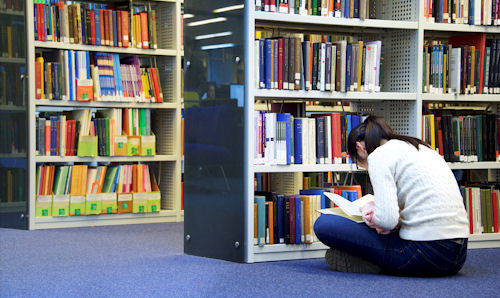
The University of Manchester Library is one of the largest and best-equipped in the country, containing over 5 million printed items. It also provides access to the largest collection of electronic resources of any UK academic library, including more than 500,000 electronic books, over 25,000 unique electronic journals, and several hundred other databases. Most of these can be accessed on and off campus by staff and students.
Further information:
Electronic resources
In our Department we have a wide variety of electronic resources at our disposal, including the following:
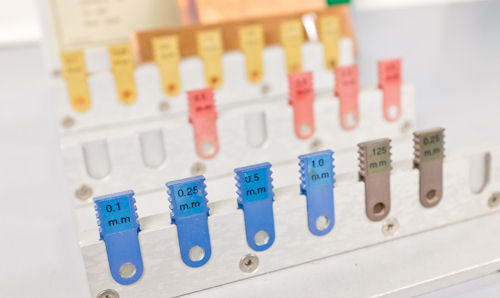
- The SIAM ebook collection, comprising almost 400 books from a leading source of knowledge for the world’s applied mathematics and computational science communities.
- The Encyclopaedia of Mathematics, the most up-to-date and comprehensive English-language graduate-level reference work in the field of mathematics today.
- SpringerLink provides researchers with access to millions of scientific documents from journals, books, series, protocols and reference works.

